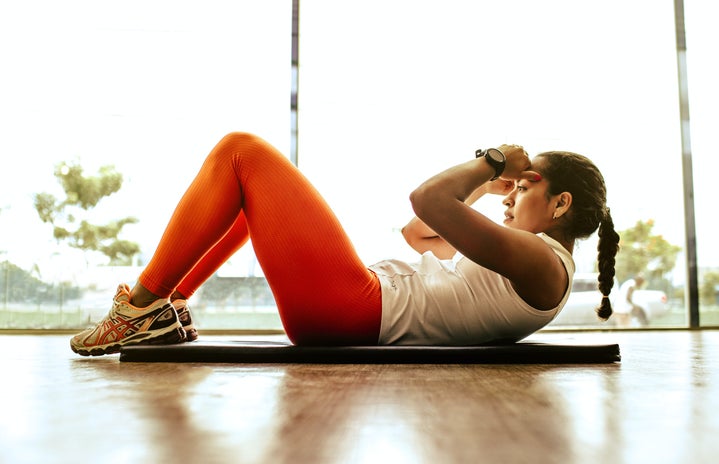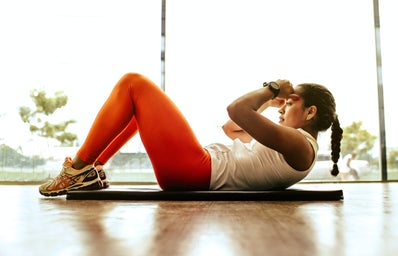I love boobs; they are absolutely great. Each and every one of them. It’s always a good idea to get to know what’s normal for your breasts and what is atypical. It is vital that we are doing self-examinations on our breasts at home because a doctor is not always accessible. Also, self-examinations allow you to become more familiar with your body, and you can then go to the doctor if you have any concerns. October is Breast Cancer Awareness month and what better way to start off the month than with a breast self-examination?
Medical professionals tend to not agree with self-examinations which I find absolutely silly. I’m not saying that doing self-examinations are 100% effective and accurate, but we should be the first ones informed on our bodies, and we are one step closer by doing so. However, you should always consult with a medical professional when it comes to your health, but a self-examination never hurt anyone. There are a few different methods when it comes to checking your breasts. My oldest sister taught me two different ways: in the shower and in front of the mirror. If you can get a mirror inside the shower, that would be amazing. The mirror allows you to get a better view of your breasts and the shower enables you to use soap to make your hands more slippery, making the examination more comfortable.
With soap in your hands raise one arm behind your head to spread out the breast tissue. Use your free hand to gently press on your breast by using an up and down motion. Do this to cover the entire chest and repeat on the other side. For both methods, you should be analyzing your breasts to look for any drastic change in size, shape, redness, peeling or excessive dryness around your nipple and areola. It also helps to check for sores, thickening in or around your breasts and underarms, as well as discharge and sensitivity in your nipples. The ideal time to perform a breast self-examination is typically about three to five days after the start of your period. This is important because at this point in your menstrual cycle breasts tend to be less lumpy and tender which can explain why we get sore boobs during our periods. It is also critical not to panic if you do find a lump or changes, but I would get to a doctor as soon as possible to be safe.
The most effective way to identify breast cancer or other complications is with mammography, but no one knows your body better than you. That’s why it’s so crucial to becoming familiar with how your breasts look and feel on a regular basis. The more informed you are on your body, the easier it is to identify changes you see or feel in your breasts. And remember, you should try to do a self-examination at least once a month.



